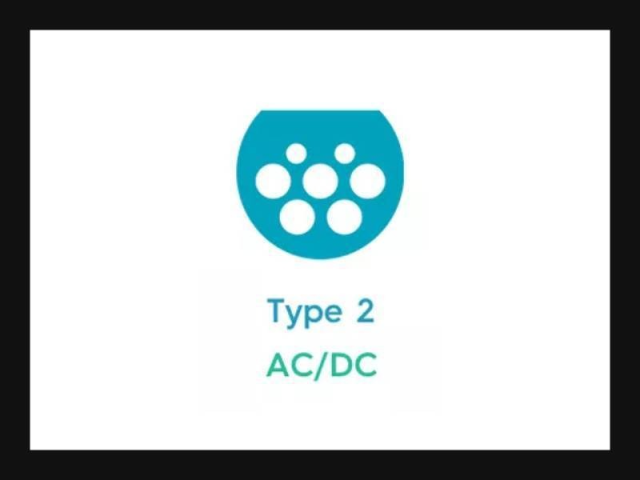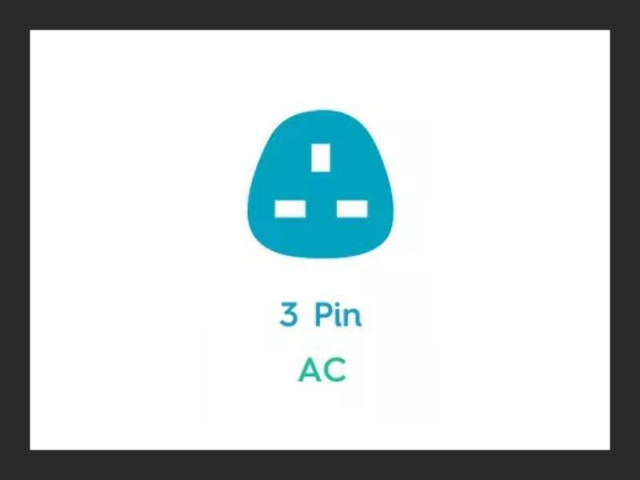What is the difference between Hybrid and Electric?
A mild hybrid, which can’t be charged via a cable, uses the electric motor to assist the combustion engine. A plug-in hybrid has a pure electric driving mode. A plug-in hybrid can do normal daily driving, this recharges its battery using the engine or through regenerative braking or plug – in at home. A plug-in hybrid offers a greater pure electric range thanks to a larger battery pack and electric motor. A plug-in hybrid will meet the daily commuting needs of many people.







